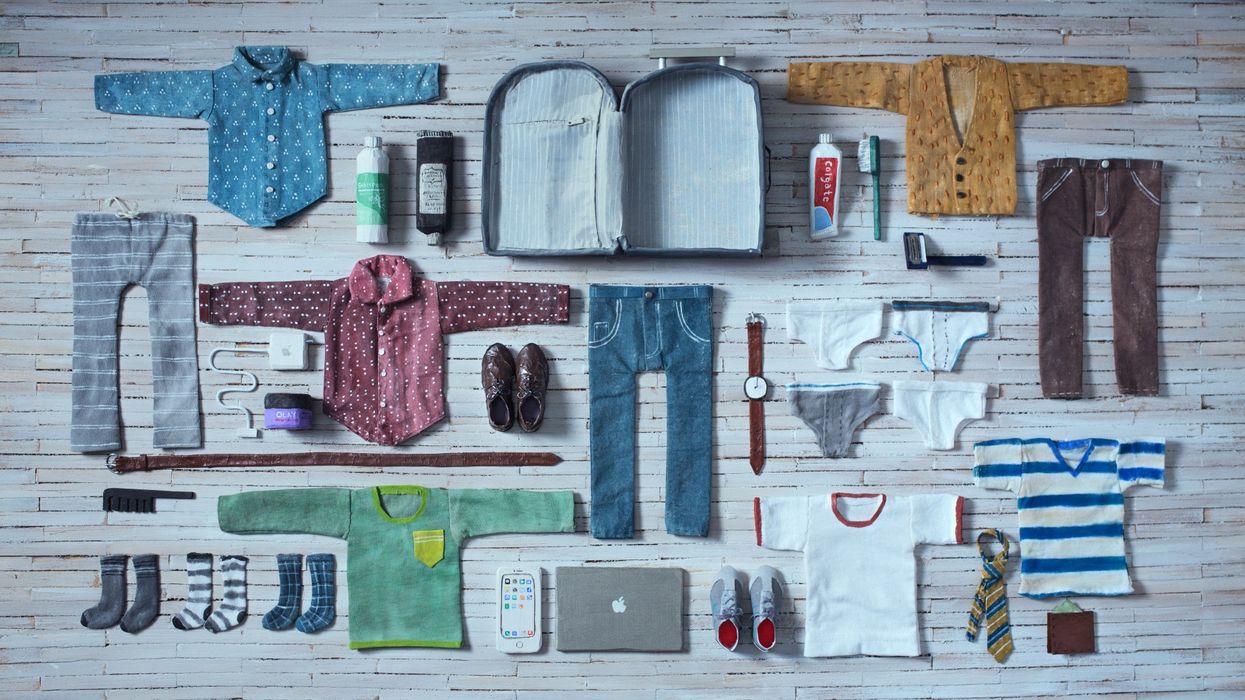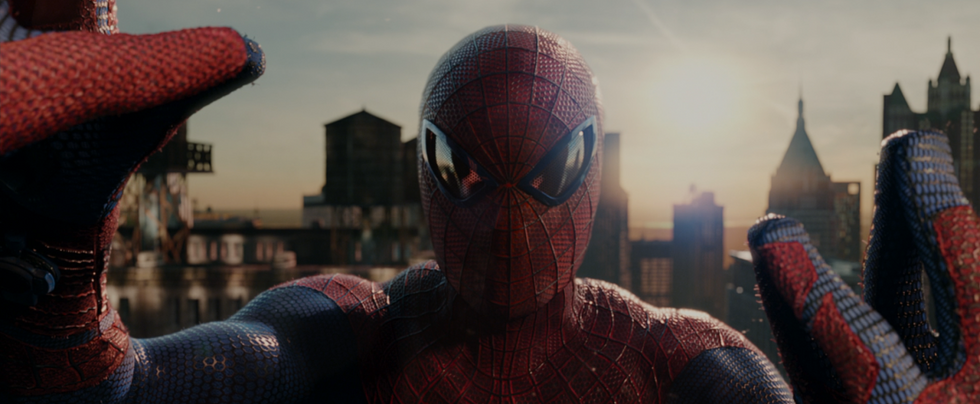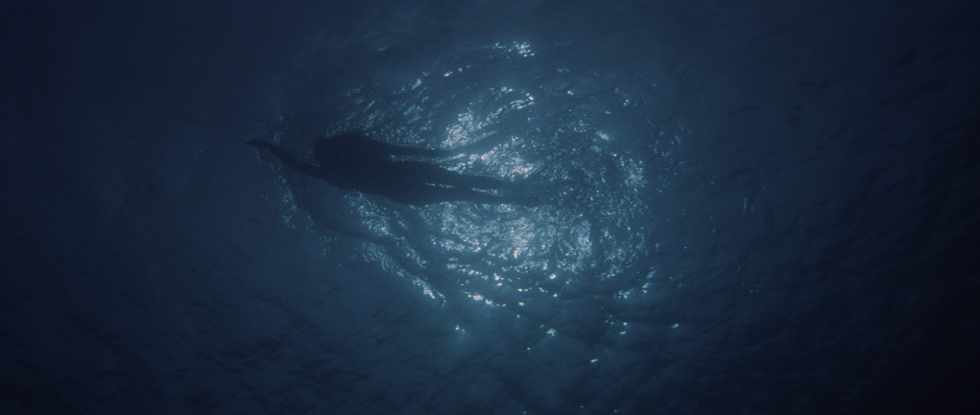2018 Academy Award Nominees Reveal How to Make A Great Short
Are you broke, an underdog, or sharing an apartment with six flatmates? All you need to create an Oscar-caliber short film is the following.

Short films are truly a unique expression of film, not just merely shorter versions of their feature counterparts. "Ru and I believe deeply in the short film form," said Negative Space co-director Max Porter, "and the short film is like a poem."
What does it take to excel in the short artform? Here's the advice we gleaned from four talented filmmakers with shorts nominated at this Sunday's 90th Academy Awards ceremony. And if you're hungry for more information regarding the filmmakers' behind-the-scenes process, check out our other post that goes even further with the respective teams.
Garden Party

The Illogic team, consisting of six directing friends (Florian Babikian, Vincent Bayoux, Victor Caire, Théophile Dufresne, Gabriel Grapperon, Lucas Navarro), on why it's ok to go through hundreds of iterations before the story is just right:
Story first. That's the thing we've heard the most so far. But it's so true. Be generous, give something captivating to see, get the people curious and focus on what's happening on screen. And the most important, surprise them.
Also, we would advise making a first rough version quickly. Once you get that, you can start to improve it. We think it’s very hard to come up with a perfect story on the first try. We had more that one hundred versions of Garden Party. Some with tiny changes, some very different.
Heroin(e)

Elaine and I have been struck with how useful and impactful this length of film can be. A 35-40 minute documentary can still feel full and expansive but also allow time for discussions and debates in the same time period it would take to watch a feature. We really want make documentaries where the story takes place on-screen, rather than in interviews or retrospectives. But we know this takes time. We filmed "Heroin(e)" over the course of 15-months and nearly 40-days of shooting, which is one reason we think it feels so full. So our advice would be, don't be afraid to spend time with a story, really getting to know the people involved, and continually showing up. Most of our time was spent sitting in a fire department talking with Jan or driving around town with Necia. We were in no rush to get a story and get out, but were in it for the long haul. Find a great story, show up like it's your job (because it is), and continue to show up until you've captured something special. Also, be nice.
Negative Space

From Max Porter, on what he and co-director Ru Kuwahata learned after making their film, which is the only stop-motion film in the Animated Short category:
Both Ru and I believe deeply in the short film form, and that the short film is like a poem. It can tell a big story without just being a truncated feature. I think the core of a short film is just having a simple, clear, concise idea and theme, and not complicating it. That's something that Ru and I are learning as we go, too, because it's hard to find and distill what that message is.
The advice that I have for other filmmakers who are just making a short for the first time is: just finish everything you start. This is our fourth film, and each project we just learned so much. That learning experience is the reward. So, finishing is the important thing.
Heaven Is A Traffic Jam On The 405

I didn't know what the story was. I started it, and there's not one thing in that film that I knew. I just showed up, and showed up again, and again, and again, and again. And it was actually interesting for me to be in an art studio while I was doing it. You watch artists apply paint or whatever their thing is, and they're not quite sure where this goes either. I think that's really the process, particularly in a documentary. You almost have to believe there's a story there, in the same way that you might believe in religion. People who believe in religion show up every Sunday for church, just like you have to believe that have to you keep on showing up, and shooting something, and asking questions, and more questions, and you just keep on showing up.
And at some point, the story emerges. What happened over time is that Mindy became more secure with the process and trusted me more, and my life changed. You sort of dance together and at some point, you have a realization that you wouldn't of had a year before, and she trusts you with a hidden thing that she's never revealed before, and it takes a turn. You just keep on showing up.
Read our full interview with Frank Stiefel here.
Header image from "Negative Space" directed by Max Porter and Ru Kuwahata.

 'The Amazing Spider-Man' (2012)
'The Amazing Spider-Man' (2012) 'Jaws' (1975)
'Jaws' (1975)









